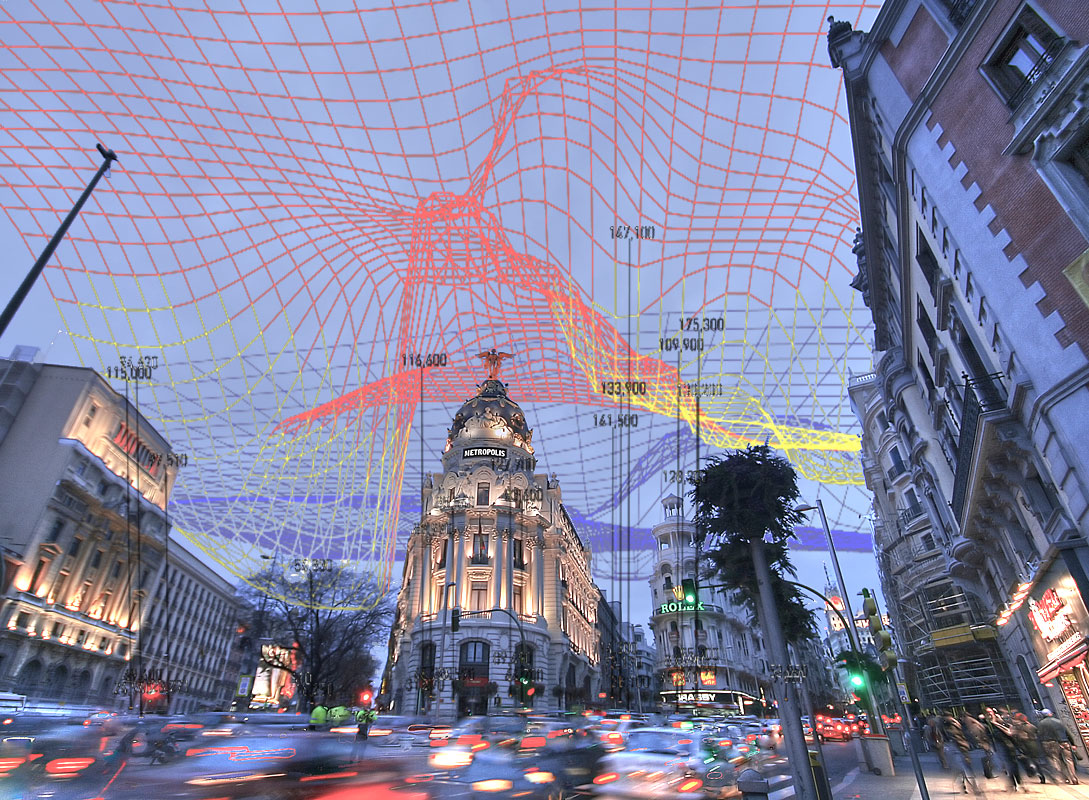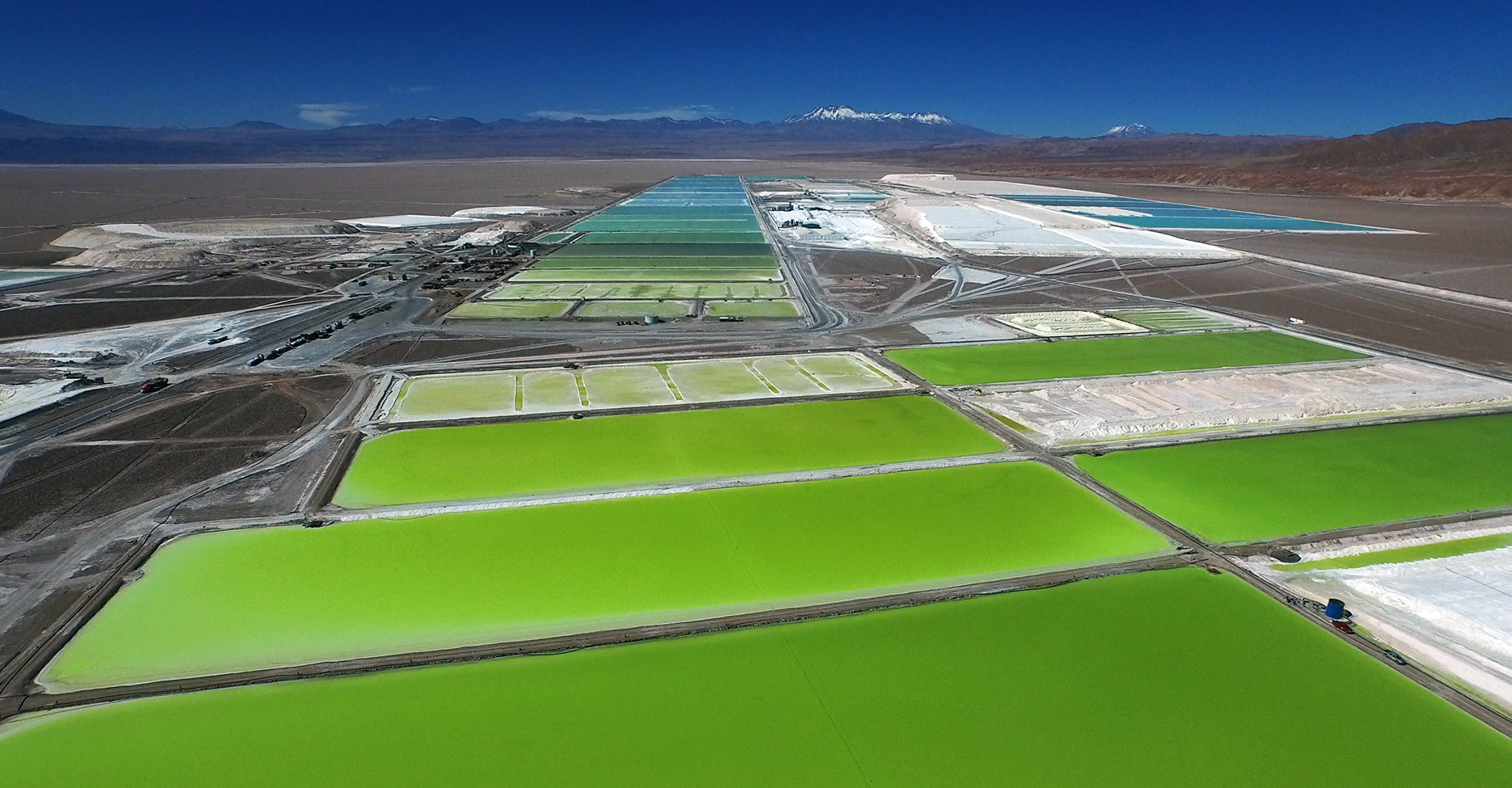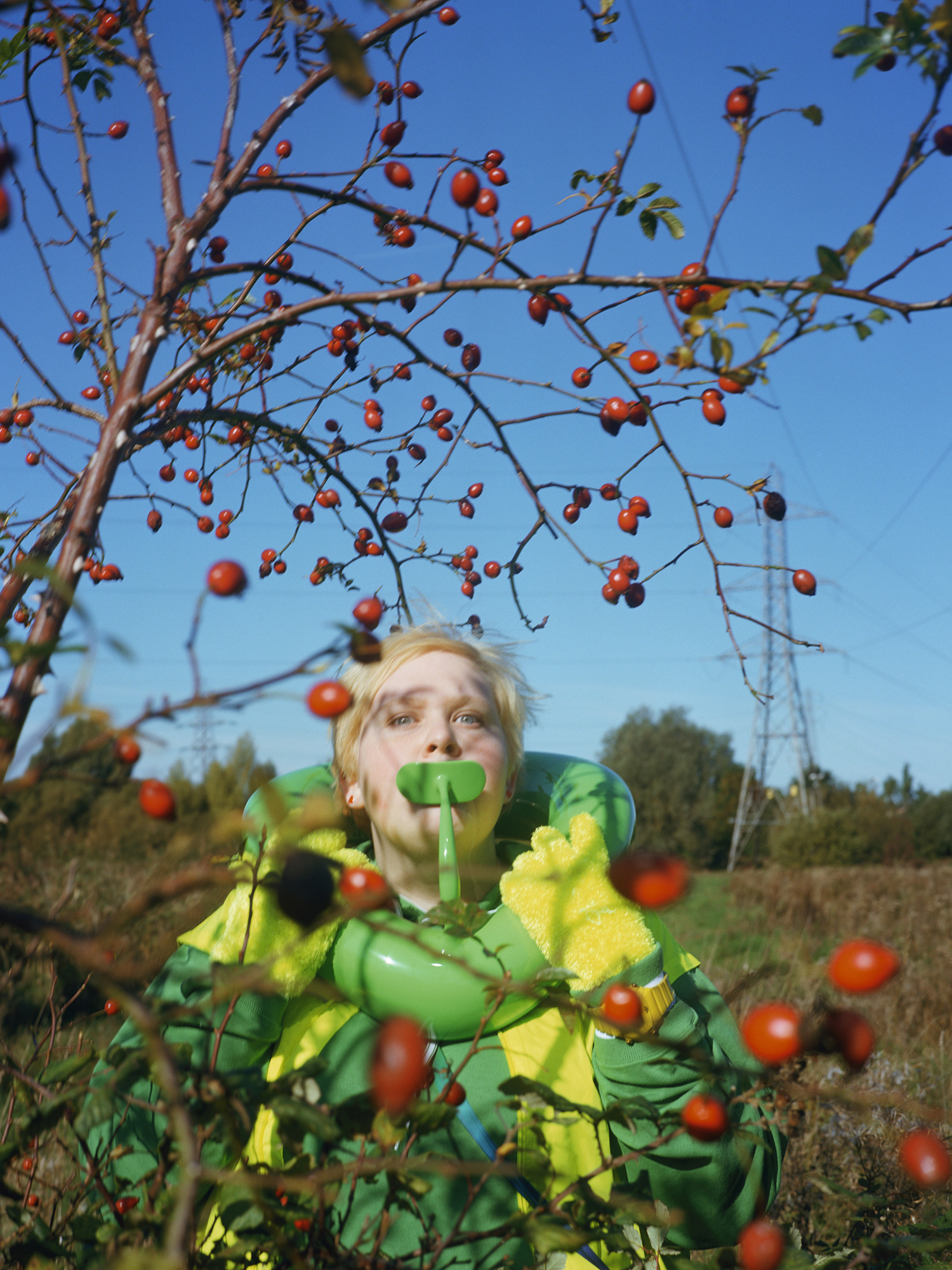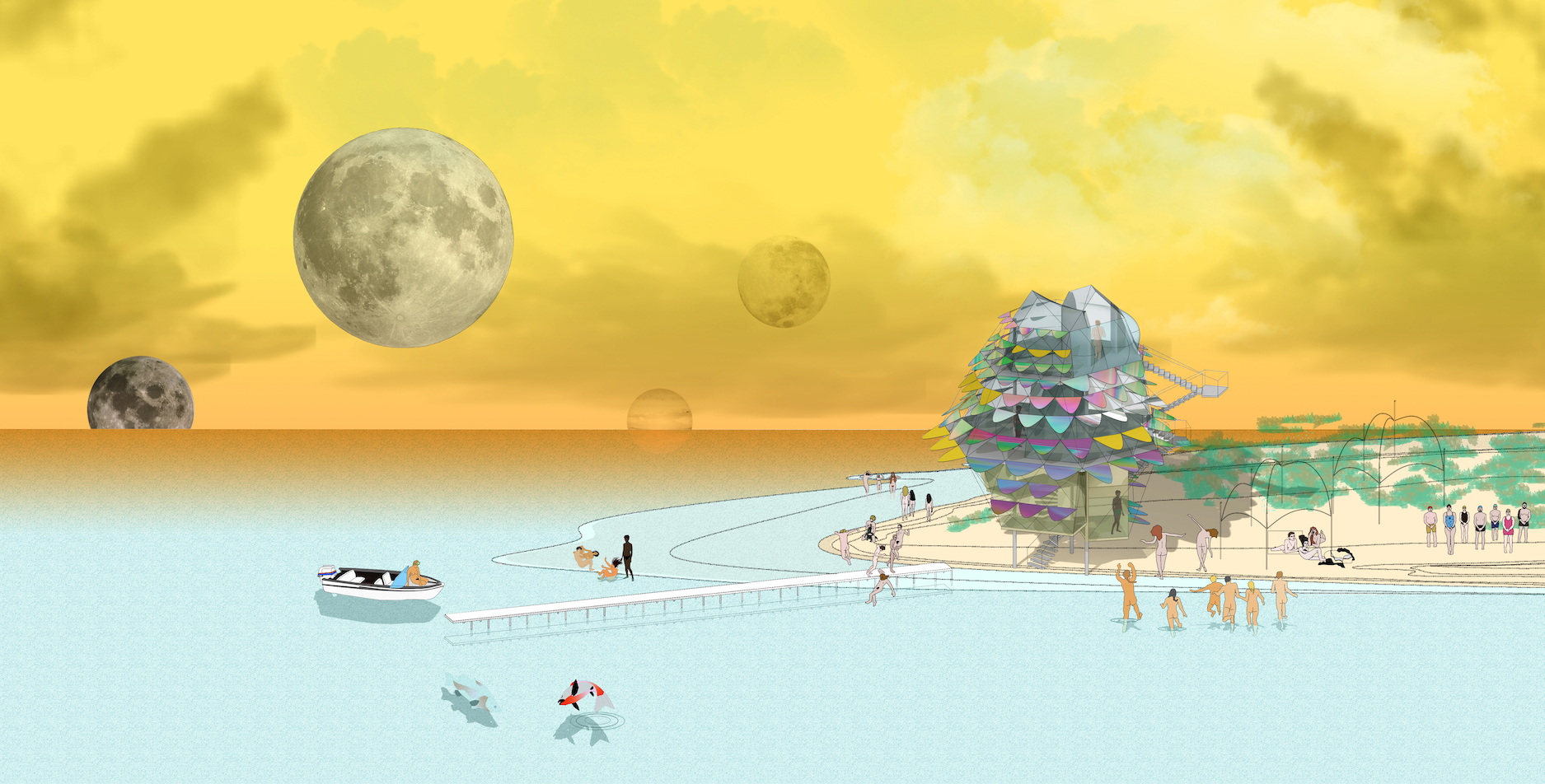The vision of the future is bleak, nearly apocalyptic—a reality reflected in an upcoming exhibition at the Royal Academy of Arts in London. From November 2019 to February 2020, the fine art institution will house “Eco-Visionaries,” a showcase of 21 artists, architects, and designers who have created works that explore the harmful environmental effects that humankind has wrought.
“Their provocative responses are a wake-up call, urging us to acknowledge our impact on the environment,” says Gonzalo Herrero Delicado, the architecture curator at the Royal Academy of Arts. “The works in this exhibition alternate between critical inquiry and visionary optimism, offering alternative ways to overcome an almost lost sense of hope in the future. A future where humans will manage to reconnect with nature, and create a more empathic relationship with their fellow species on the planet, which are also striving to survive.”
With 70 million metric tons of carbon dioxide added to the atmosphere daily, a 40-percent increase since the Industrial Revolution, and with global annual waste expected to jump to 3.4 billion tons in 30 years, the trajectory to complete depletion of the earth’s natural resources is well on its way. And 97 percent of scientists conclude that this a direct result of human action. “This is not an environmental catastrophe that might impact future generations, but one that will drastically affect our own,” adds Delicado. “We need to act, but we also need to understand the scale of this complex problem in order to define the changes that must be made.”
Indeed, the art world has taken a stand, creating a number of programs that bring attention to this crisis. The Cooper Hewitt, Smithsonian Design Museum, Tate Modern, Cube Design Museum, New-York Historical Society, University of Colorado Art Museum, and more have all recently presented exhibitions that center on the adverse effects of global warming, and man-made pollution. “Eco-Visionaries” continues this conversation, displaying monumental, thought-provoking pieces by both established and emerging creatives from all corners, including Virgil Abloh, Nerea Calvillo, Alexandra Daisy Ginsberg, Olafur Eliasson, and Rimini Protokoll.
“One of the main aims of the exhibition is to bring a holistic approach, bringing the views of a diverse group of practitioners addressing different ecological issues through their work in art, architecture and design,” says Delicado. “From Egyptian artist Basim Magdy and Colombian artist Carolina Caycedo, to New York-based architecture practice Office for Political Innovation and Bangkok-based studio New-Territories, this exhibition aims to provide different geographical perspectives to this global issue.”
Along with promoting inclusivity, Delicado and co-curators Pedro Gadanho and Mariana Pestana intend for “Eco-Visionaries” to shock audiences, which is why the majority of the pieces will be making their U.K. debut, or were specially commissioned for the exhibition. There is nothing too familiar so as to heighten the messages found in each piece. Keeping with the sense of ecological urgency, the Royal Academy of Arts enlisted Delvendahl Martin Architects and the graphic design studio Daly & Lyon to design a space that follows sustainable practices. The Gabrielle Jungels-Winkler galleries, where the showcase will be held, plans on utilizing recycled materials, eschewing single-use plastics so as to reduce the amount of waste generated.
As of now, the vision of the future may look grim, but with institutions following sustainable tactics and, more importantly, fostering a better understanding of the planet with presentations such as “Eco-Visionaries,” there may be light at the end of the tunnel. “Over the last few decades, many exhibitions have examined ecological issues and sustainability,” says Delicado. “The most significant difference between then and now relies on a sense of emergency. Contemporary creative practitioners are using their work to unravel the facts so we can understand the scale of this complex situation.”
Ahead of the unveiling of “Eco-Visionaries,” Surface asks five of the exhibiting creatives to give greater insight into how their work promotes a better tomorrow.




